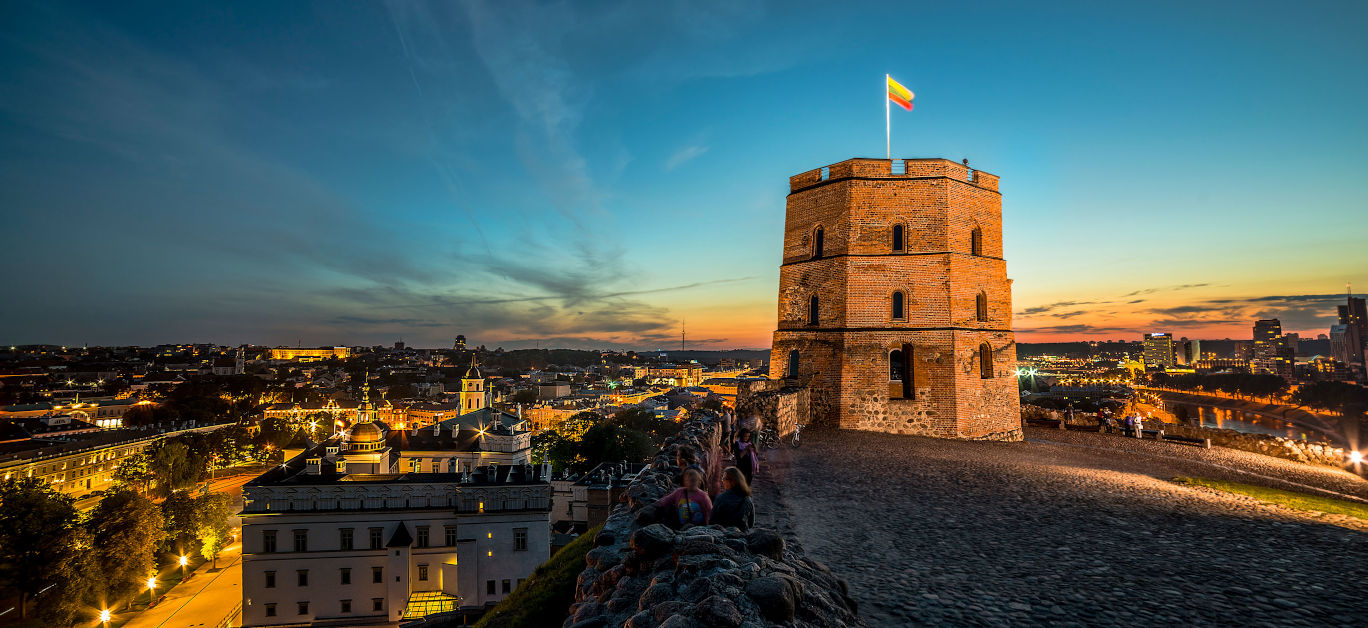For those seeking to escape the pressures of life in the fast lane, Vilnius, the charming capital of Lithuania, sits on the junction of Northern, Eastern and Central Europe and offers a tranquil spot and a glimpse into a fascinating history and culture. The cobbled Old Town section of the city, which secured UNESCO World Heritage status in 1994, is the most popular attraction and is much admired for its captivating examples of baroque architecture, the neoclassical Cathedral and St Anne’s Church, which reflects the splendour of the Gothic style.
I made my way to the Cathedral Basilica of St. Stanislaus and St. Ladislaus, which was renovated in 2006, and reflects the elegant neoclassical style. Site of the coronations of the Grand Dukes of Lithuania and the burial place of Casimir Jagiellon, the patron saint of Lithunia, it is a spectacular structure. There is much to see, including the Sovereign’s Mausoleum, which is below Casimir’s chapel, and contains the remains of Vytautas the Great, ruler of Lithuania from 1392 until 1430, and who is revered as a national hero.
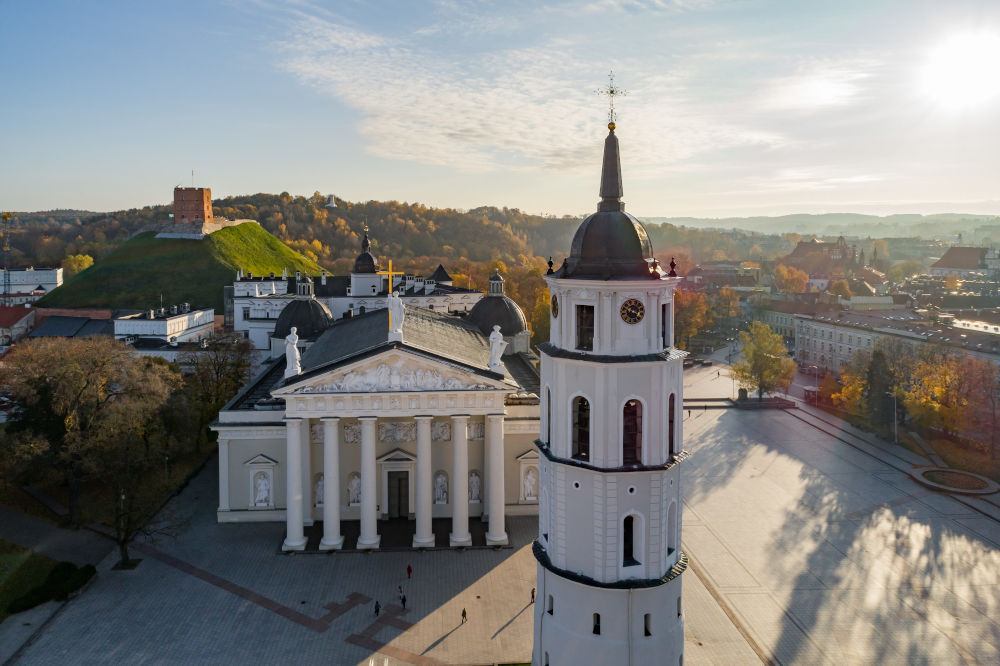
The Grand Duke Gediminas ruled Lithuania from 1315 until 1341 and, it is said, that following a strenuous hunting expedition he promptly fell asleep and dreamed of a howling iron wolf atop a hill. The following morning he summoned a pagan priest to interpret the dream and it was suggested that the iron wolf represented a castle and a city, which would be established by Gediminas, and that city would become the capital and the centre for the rulers of Lithuania. And it was so; the Grand Duke built the capital and it was named Vilnius. Traders, merchants and those skilled in craftwork were duly invited to settle and the city became known as Lithuania’s Jerusalem and prospered greatly.
To learn more about the life of Gediminas I visited the Palace of the Grand Dukes of Lithuania. The original property was demolished in the early 1800’s, and the reconstructed palace is a real treat for those with an appreciation of architectural styles. The original palace was once Lithuania’s diplomatic, political and cultural heart and, from the 15th to the 17th centuries, it was highly regarded throughout Europe.
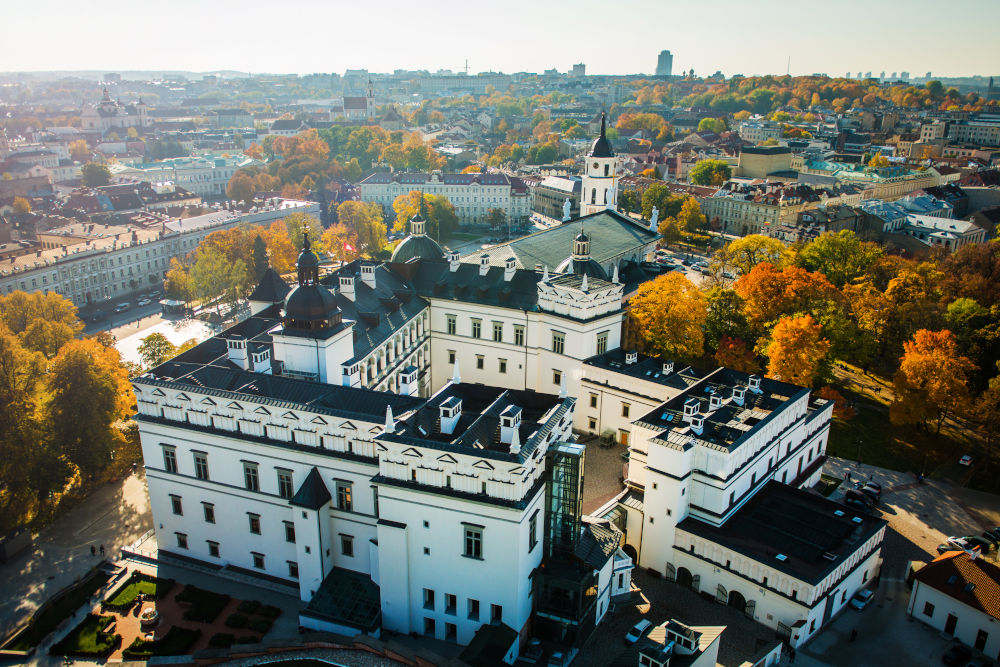
The reconstruction easily captures the essence of Gothic, Renaissance and Baroque styles, and the exhibitions focus on the remaining ancient ruins, highlighting the architectural development of the original structure. I spent an extended period of time enthralled with the elaborate ceremonial halls, which centre on the evolution of architectural styles, and I then made my way to the final part of the tour, which features an exposition describing the lives of past residents of the palace.
Seeking a view over the city, I headed for the observation deck on top of the Gediminas Tower, the remaining part of the Upper Castle, which was completed in 1409. The site can be reached by foot from Gediminas Hill but, I must confess, I took the easy option and embarked on the funicular railway, which takes less than a minute. The tower features a museum with displays of local archaeological finds and there are models of castles dating back to the 14th century, but the most valuable treasure has to be the spectacular views of the city, across the Vilnele River, from the top of the tower.
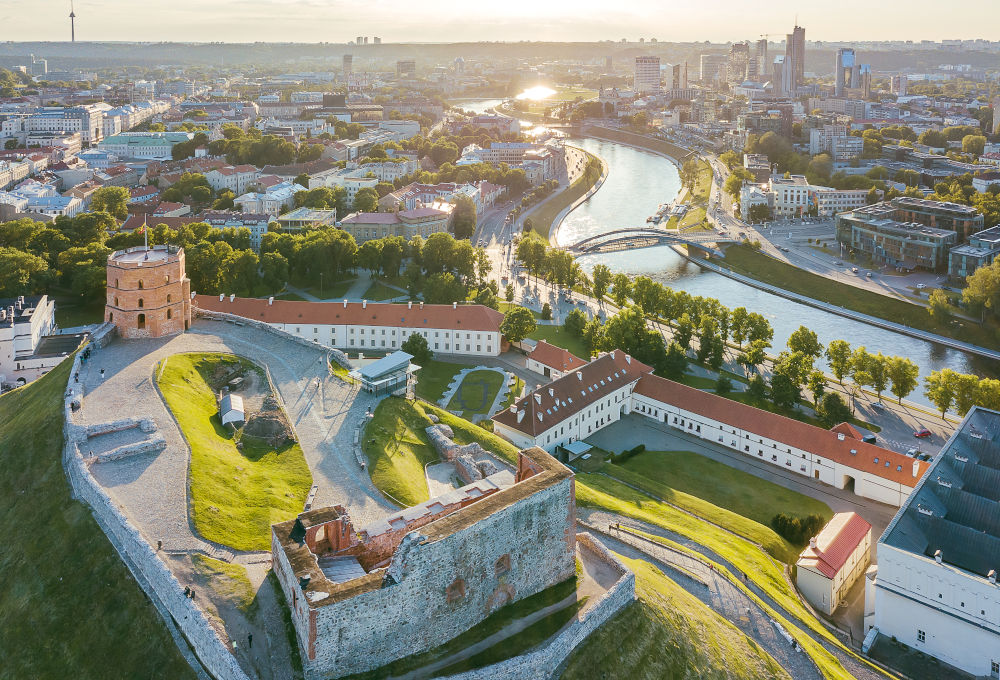
The crisp Lithuanian air awakened my appetite and I hopped on a local bus and made my way to the Imperial restaurant, located in the centre of the Old Town. Recipient of the 2019 World Luxury Restaurant Award for Regional Fine Dining Cuisine, the Imperial attracts royalty, high profile individuals and celebrities galore, and offers the highest levels of service.
Surrounded by wicker panels stretching from floor to ceiling and engraved with gold and bathed in the light from the twinkling crystal chandeliers, the dining area is exquisite. Attended by professional, gloved waiters, I was acutely aware that this would be a dining experience to savour and the flavours of my butter-fried sea scallops with truffle shavings on a bed of celery puree, which was proudly presented on a Versace dish, were, of course, sublime.
For a post dining brisk walk I headed for a nearby popular attraction; the Gate of Dawn, which dates back to the 16th century. Once an entrance to the city, the Gate of Dawn features a chapel and a sacred icon of the Virgin Mary, attracting pilgrims from far and wide, and in September 1993 Pope John Paul II visited the site.
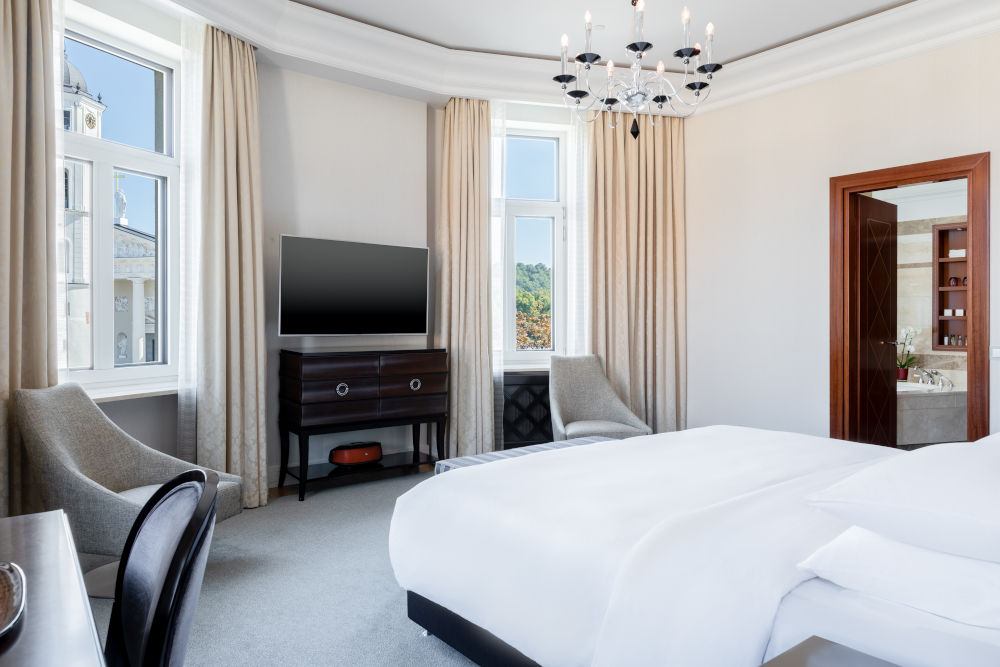
After my extensive explorations and feeling a trifle weary I was keen to indulge in a spot of pampering and the Grand Hotel Kempinski was just the ticket. Located in the centre of the Old Town and right on Cathedral Square, the property is within walking distance to many major tourist attractions and a stroll away from the enticing designer boutiques on Gedimino Boulevard.
The hotel’s accommodations feature a variety of rooms and suites including the presidential suite, which measures 132 square metres of opulent luxury with a separate lounge, dining room and kitchenette. This elegantly furnished suite features an ultra comfortable king-size bed swathed in crisp, white linens, and affords a deep slumber. After spending an extended morning relaxing in the soothing and scented bubbles in the oversized bathtub I was ready for a hearty brunch.
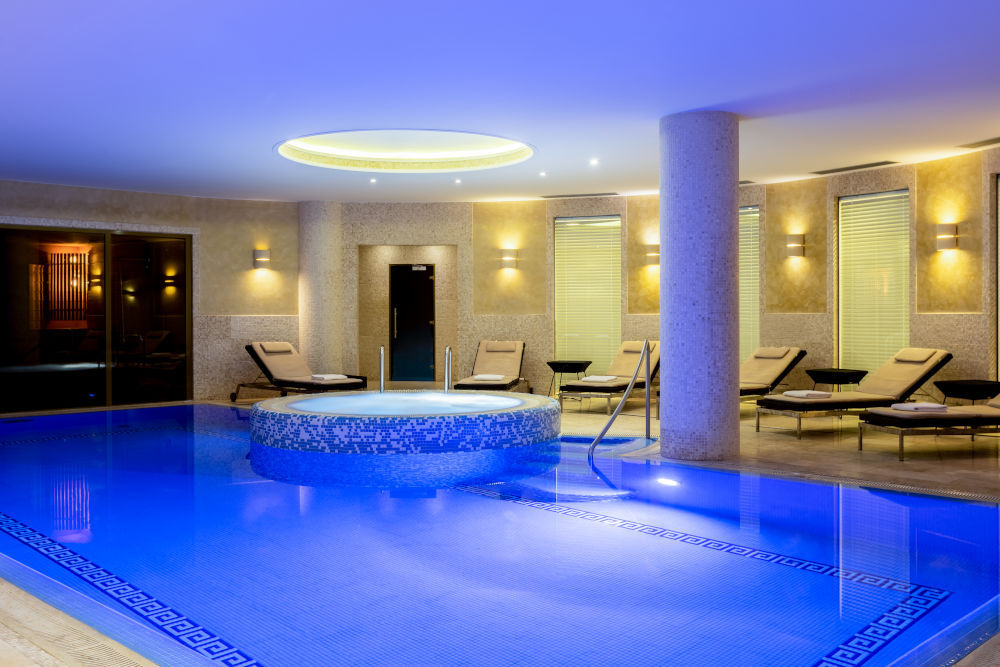
The hotel offers a wide choice of dining venues and includes the outstanding Restaurant Telegrafas, so named as the property was used as a central telegraph after 1948. The restaurant, which overlooks Cathedral Square, is stylish and elegant and offers an enticing menu of European cuisine. The hotel’s signature dish is the ‘Treasures of Žemaitija Forest’, which features high-end roe deer, home-made Švilpikai (a traditional potato dumpling), sautéed forest Boletus, blueberry gel, sunroot crisps and a Nebbiolo red wine sauce and was served with aplomb.
In-house facilities include a spa with treatment rooms, relaxation and fitness areas, Finnish and steam saunas and an indoor pool. The spa menu offers a wide choice of treatments and I opted for the energising ‘winter warmer’; a deep tissue massage, which focuses on the body’s joints, and followed by a warming foot balm. With my time in Vilnius drawing to a close I was ready to embark on my final excursions.
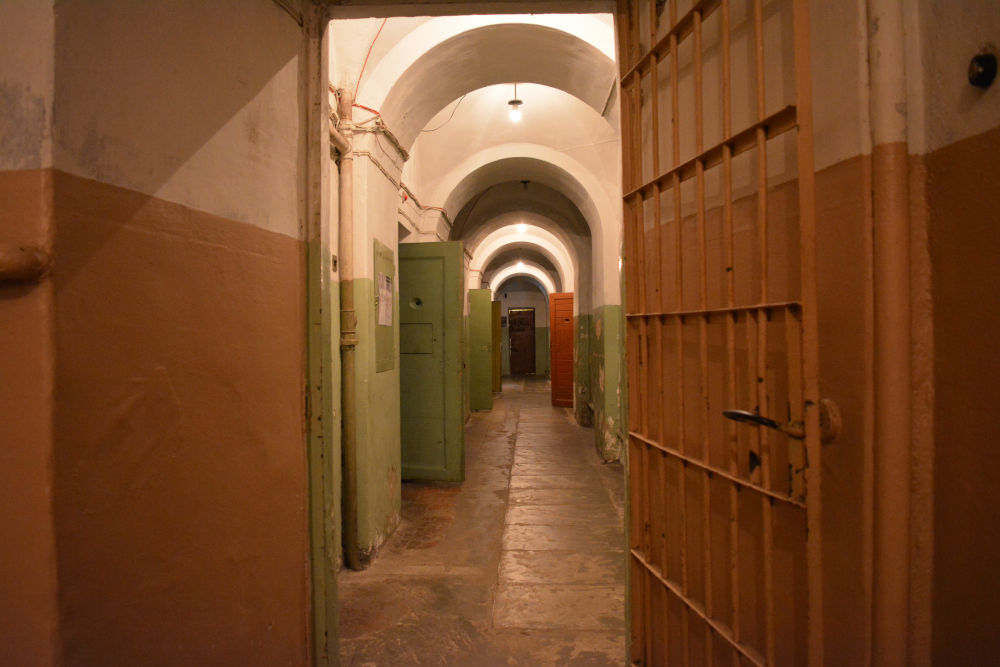
In 1940 Lithuania was annexed by the Soviet Union, the Nazis invaded Vilnius in June 1941 and two ghettos were established in the Old City. As a result of Nazi occupation and the horrors of the Holocaust, the vast majority of Lithuania’s Jewish population were slaughtered and the Holocaust Museum, located on Pamėnkalnio gatvė, bears testament to the tragic events. In 1944 the Soviet Army regained control and in 1988, inspired by Gorbachev’s reformations, Lithuania sought independence from the Soviet Union, which was achieved in March 1990.
For a deeper insight into Lithuania’s experiences under Soviet control I visited the Museum of Occupation and Freedom Fights, which is located in the former headquarters of the Gestapo and the KGB. Focusing on the Soviet Union’s occupation of Lithuania, which lasted for fifty years, the museum’s exhibits include photographs and details of mass arrests, deportations, interrogations and executions, which took place in the basement of the property.
For my final excursion, I hopped on a local bus bound for the Republic of Užupis, a bohemian neighbourhood, which is located on the other side of the Vilnele River and has a population of approximately seven thousand, which includes at least one thousand artists.
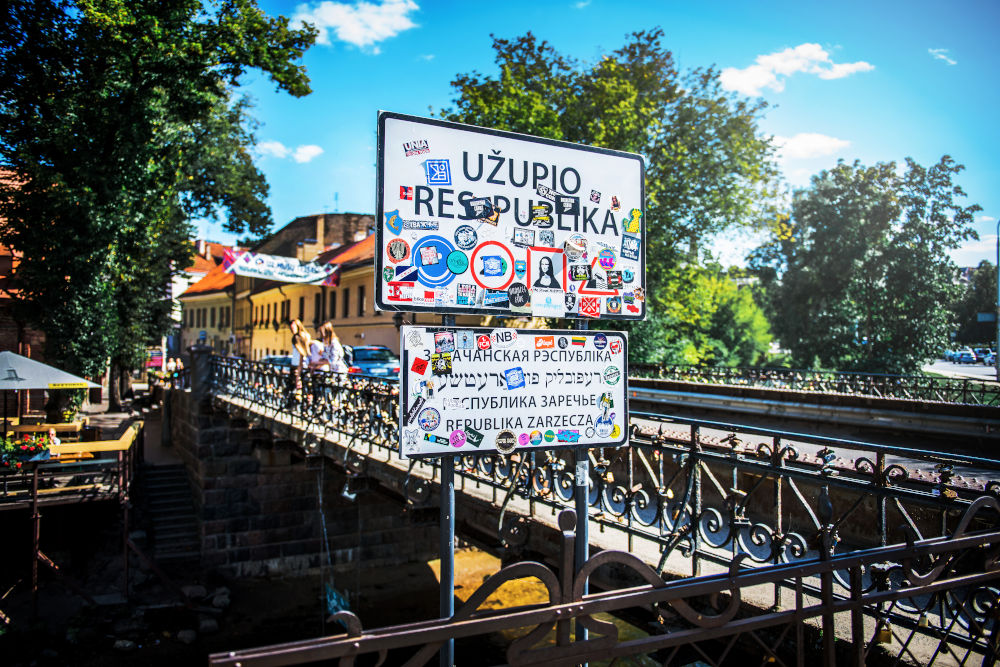
Prior to Lithuanian independence it was a neglected area with many dilapidated homes without utilities, residents in despair and keen to protect their creative spirit. Following Lithuanian independence in 1990, Soviet statues were removed from the city and all the plinths remained empty until a group of local artists erected a statue of the American musician Frank Zappa.
The call for the freedom of expression and policies to ensure an acceptable standard of living for the residents gathered pace and on 1st April 1997, the neighbourhood, which covers less than one square kilometre, declared independence from Lithuania. Forming its own government constitution, currency, flag and anthem, Užupis duly announced that it had its own president; Roman Lileikis, who is also a musician, poet and film director.
Although unrecognised by foreign governments, Užupis is respected by the people of Lithuania and each year on 1st April, the independence of Užupis is celebrated, the bridge is manned, and visitors are welcome to get their passports stamped. I stopped off at a local restaurant and ordered the traditional dish of potato pancakes ‘Bulviniai blynai’, accompanied by a glass of ‘Gira’; a fermented drink made from black rye bread, and I held my glass high in honour of the Užupis constitution, which stipulates that ‘everyone has the right to be happy’.
Factbox
For more information on the Grand Hotel Kempinsky, visit kempinski.com.
Images provided courtesy of Go Vilnius. For more information, visit govilnius.lt.
Main image of the Gediminas tower courtesy of Laimonas Ciunys.












